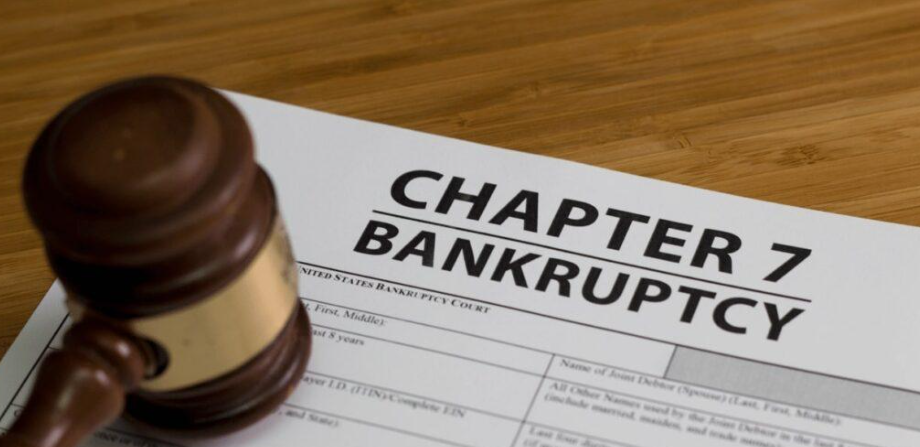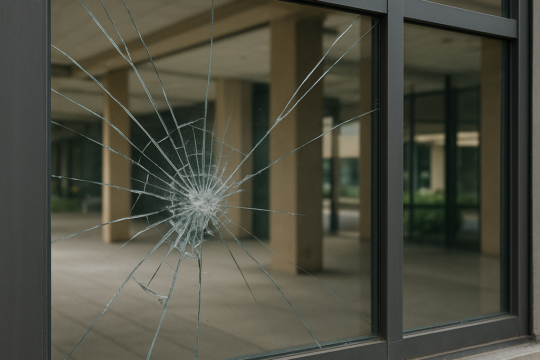
Chapter 7 bankruptcy is a legal process designed to help individuals and businesses eliminate overwhelming debt and make a fresh financial start. While this option provides relief for those drowning in debt, it’s crucial to understand the success rates and the intricate process involved.
Without a doubt, Chapter 7 remains the single most effective way to eliminate debt. In past years, the success rate of Chapter 7 is above 95%. It is important to note that the success rate of those who file without an attorney is significantly lower. Read more about the success rate of Chapter 7 Bankruptcy here.
The Chapter 7 Bankruptcy Process
Qualification:
To file for Chapter 7 bankruptcy, individuals must meet specific eligibility criteria, including a means test that assesses income and expenses. If a debtor’s income is below the state median or if they pass the means test, they may qualify for Chapter 7.
Credit Counseling:
Before filing, debtors are required to undergo credit counseling from an approved agency within 180 days of their bankruptcy petition.
Filing the Petition:
The debtor initiates the bankruptcy process by filing a petition with the bankruptcy court in their jurisdiction. This document includes financial information such as assets, liabilities, income, and expenses.
Automatic Stay:
Upon filing, an automatic stay goes into effect, halting creditors’ collection activities, including foreclosure, repossession, and wage garnishments.
Appointment of Trustee:
A bankruptcy trustee is assigned to oversee the case. The trustee reviews the debtor’s financial documents, identifies non-exempt assets, and ensures a fair distribution of assets to creditors.
Liquidation of Assets:
In a Chapter 7 bankruptcy, non-exempt assets may be liquidated to pay off creditors. However, many debtors find that their assets fall within exemptions, allowing them to retain them.
Debt Discharge:
Once the liquidation process is complete, the court issues a discharge, relieving the debtor of most unsecured debts. Certain debts, such as student loans and recent tax obligations, may not be dischargeable.
Success Rates of Chapter 7 Bankruptcy
The success of Chapter 7 bankruptcy is often measured by the debtor’s ability to achieve a discharge of debts and obtain a fresh financial start. Success rates can be influenced by various factors, including the debtor’s financial situation, the complexity of the case, and compliance with bankruptcy laws. While success rates may vary, statistics offer insights into the overall effectiveness of Chapter 7 bankruptcy:
Discharge Rates:
The majority of Chapter 7 bankruptcy cases result in a successful discharge of debts, providing debtors with relief from unsecured obligations like credit card debt and medical bills.
Completion Rates:
The completion rate of Chapter 7 cases is relatively high, indicating that many debtors successfully navigate the bankruptcy process from filing to discharge.
Post-Bankruptcy Financial Recovery:
Many individuals who successfully complete Chapter 7 bankruptcy report improvements in their financial situations. The ability to rebuild credit and manage finances more effectively contributes to long-term success.
Chapter 7 bankruptcy can be a powerful tool for individuals and businesses overwhelmed by debt. While success rates are generally high, it’s essential for debtors to approach the process with diligence, understanding the requirements and implications. Seeking the guidance of a qualified bankruptcy attorney can significantly improve the chances of a successful Chapter 7 bankruptcy, providing individuals with the fresh financial start they need to rebuild their lives.



